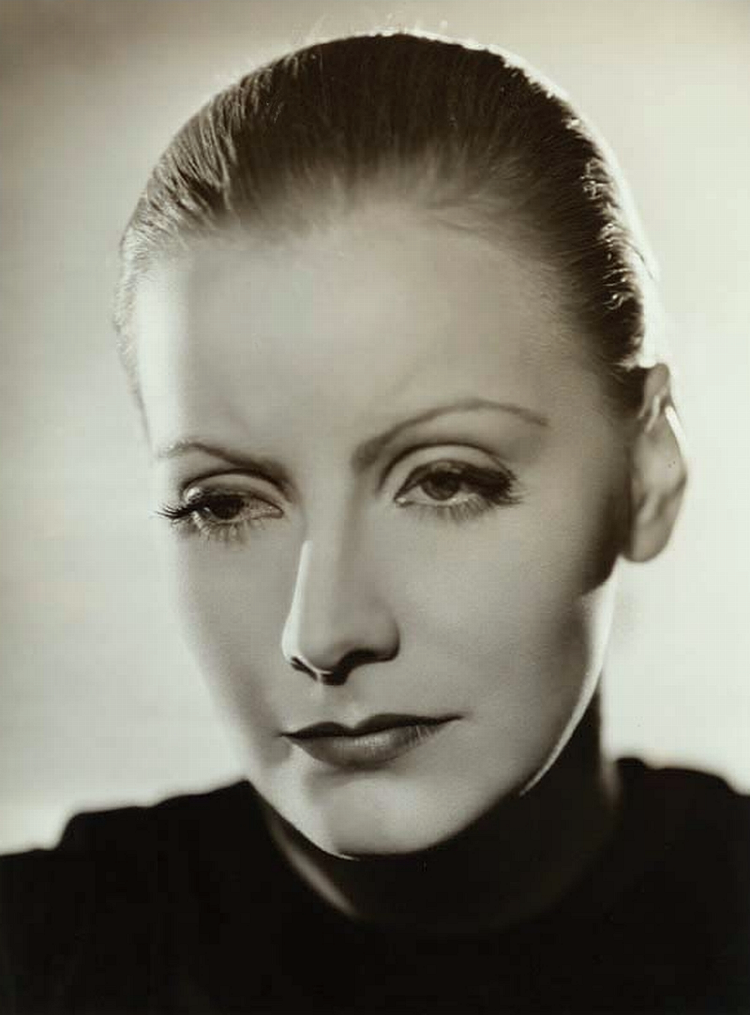 |
| This is probably my favorite of all the portraits of Garbo; I had a framed print of it - torn from a book - on my wall during most of my twenties. |
After my recent post about the
real Mata Hari, G and I decided to re-watch the Garbo film that is very
loosely based on her story. We hadn't seen it in a long time, and were swiftly reminded why neither of us had exactly been eager to keep it in frequent rotation. It's really not a very good film at all, and its historical inaccuracy is nothing to the rest of its problems. Ill-paced, blandly shot, and poorly acted by everyone involved - for all her legend, Garbo was at best an inconsistent actress - with poor Ramon Novarro the worst of it; his rather girlish Mexican-accented Russian accent is laughable. Or would be laughable if he weren't so dull an actor. But then the whole film is dull. It's stilted as so many of the early Talkies are stilted, especially at MGM. (Background music - underscoring - didn't really get going until about two years later with Max Steiner's score for "King Kong"; these films may have been improved with a little appropriate music to help things along.)

Really, the only reason now to watch the film is to marvel at Adrian's costumes. Asymmetrical swathes of heavily embroidered and sequined velvet, or entirely beaded, most of them strangely androgynous for a character who is so celebrated for her sexuality. And, interestingly, except for one brief scene - the beginning of which is, to me, the one actually
memorable moment in the film; orchids are involved - her hair is completely hidden by a serious of beaded and bejeweled skullcaps and close-fitting headdresses. (The scene I mentioned was originally preluded by a love scene where the "Divine Garbo" wore Adrian's
least ornamented creation; she was all but nude. I've included
an image of that simplest of gowns in another post.)
In the film's last scene, with the convicted Mata Hari preparing herself for the firing squad - and carefully deluding her silly and temporarily blind lover - Garbo has traded in her outrageous finery for the plainest black, and her own pulled-back hair takes the place of her lavish and sleek caps. These portraits by Garbo's favorite photographer, Clarence Sinclair Bull, are styled to illustrate that last scene. These are probably the "purest" of his Garbo portraits, and are among my favorites.
































































